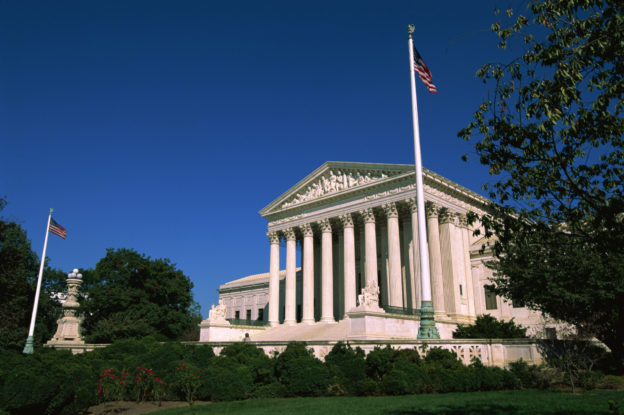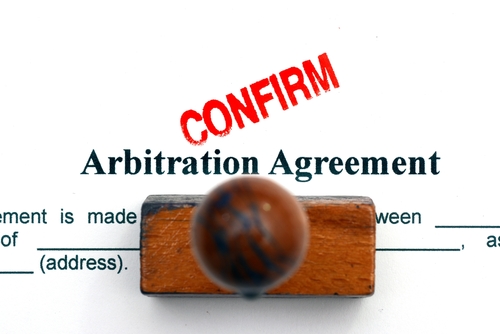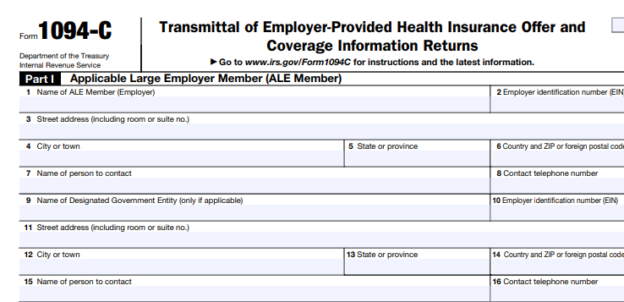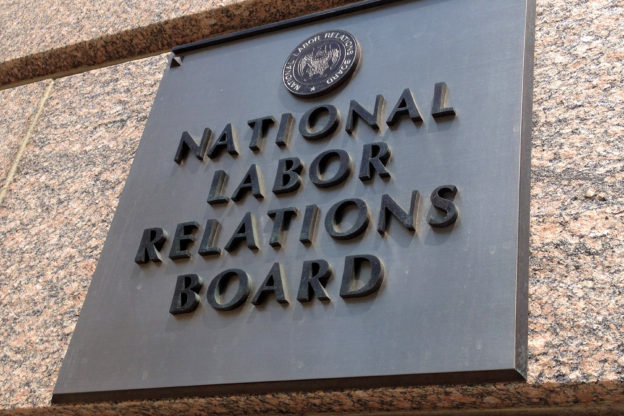
Bryan Benard
by Bryan Benard
For purposes of compliance with California wage orders, a company seeking to establish that a worker is an independent contractor rather than an employee now must meet a three-part test, according to a recent opinion by California’s highest court. This new test is a significant departure from the previous multi-factor test that has been the standard in California since 1989.
The New “ABC” Test
The Industrial Welfare Commission (IWC) regulates wages, hours, and working conditions in California, and issues wage orders that specify required minimum wages, meals and lodging credits, exemptions, meal and rest periods, seating and temperature requirements, and other work-related requirements in the state. These wage orders apply to employees, not to independent contractors, so the IWC’s definition of what it means to “employ” an individual is key in determining proper classification. Under the IWC’s wage orders, “employ” means “to engage, suffer or permit to work.”
In its recent decision, the California Supreme Court stated, “[i]n determining whether, under the suffer or permit to work definition, a worker is properly considered the type of independent contractor to whom the wage order does not apply, it is appropriate to look to a standard, commonly referred to as the “ABC” test, that is utilized in other jurisdictions in a variety of contexts to distinguish employees from independent contractors.” Dynamex Operations West, Inc., v. Superior Court, S222732 (Cal. Apr. 30, 2018). Under the ABC test, a hiring company must establish the following three factors in order to show that a particular worker (or group of workers) should be considered an independent contractor rather than an employee:
A. that the worker is free from the control and direction of the hiring entity in connection with the performance of the work, both under the contract for the performance of the work and in fact;
B. that the worker performs work that is outside the usual course of the hiring entity’s business; and
C. that the worker is customarily engaged in an independently established trade, occupation, or business.
If the hiring company is unable to prove any one of these three parts of the test, the worker will be considered an included employee for purposes of the California wage order, not an independent contractor.
Previous Borello Test Abandoned
By setting forth the ABC test for independent contractor status under the wage orders, the Court rejected the previously accepted test which had been in place since 1989. The so-called Borello test was established by the California Supreme Court in the case of S.G. Borello & Sons Inc. v. Dep’t of Industrial Relations, and it set forth a multi-factor test for determining independent contractor status, relying primarily on the principal factor of whether the person to whom service is rendered has the right to control the manner and means of accomplishing the result desired. The Borello test also included nine additional factors that were not to be considered separate tests, but instead were intertwined and whose weight would often depend on the particular circumstances of employment/engagement.
In establishing the new three-part ABC test, the Court stated that its “interpretation of the suffer or permit to work standard is faithful to its history and to the fundamental purpose of the wage orders and will provide greater clarity and consistency, and less opportunity for manipulation, than a test or standard that invariably requires the consideration and weighing of a significant number of disparate factors on a case-by-case basis.”
Consequently, going forward the ABC test now replaces the Borello test for determining independent contractor status for purposes of the California wage orders. An open question is whether the new test will apply retroactively to existing and/or past worker relationships or prospectively only. Reports state that the California Employment Law Council has filed an amicus request to ask the Court to clarify whether the new test is prospective only.
Wage-and-Hour Class Certification at Issue
The new ABC test arose out of a delivery company’s challenge to class certification of a class of delivery drivers whom the company treated as independent contractors. The drivers alleged that they had been misclassified and were instead employees, entitled to the wages and protections afforded by the relevant wage order.
Applying the new ABC test to the delivery drivers in the case, the Court concluded that there was a sufficient commonality of interest to support the certification of the proposed class. In particular, the Court wrote that there is sufficient commonality of interest under part B of the test as the hiring entity is a delivery company and the work performed by the proposed class is as delivery drivers. This means that in this case, deciding whether the certified class performed work within or outside the company’s usual course of business would be determinable on a class basis. Similarly, with regard to part C of the test, the Court found that there would be sufficient commonality on whether the drivers engaged in an independently established trade, occupation, or business, as the class was limited to drivers who performed delivery services only for Dynamex. As a result, the Court upheld the class certification.
California Employers Should Re-examine Independent Contractor Status
The new ABC test will apply to the IWC’s wage orders, meaning that California employers who classify any workers as independent contractors should review whether they meet the new ABC test. If they do not meet all three prongs of the new test, they should be reclassified and treated as employees under the applicable wage orders. At present, this ruling will not change the test for independent contractor status for any purposes other than the wage orders, such as for unemployment or workers’ compensation purposes.



















